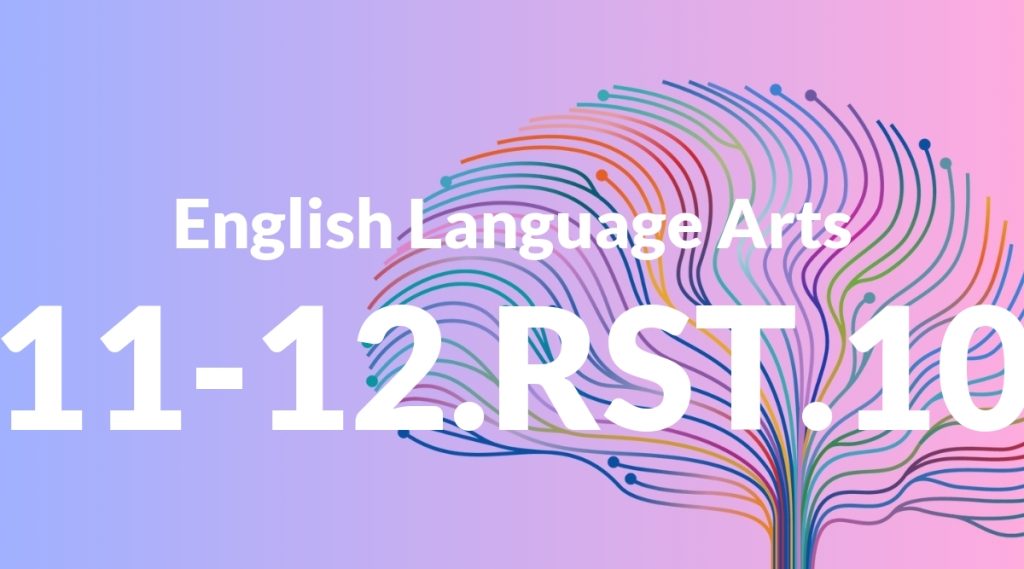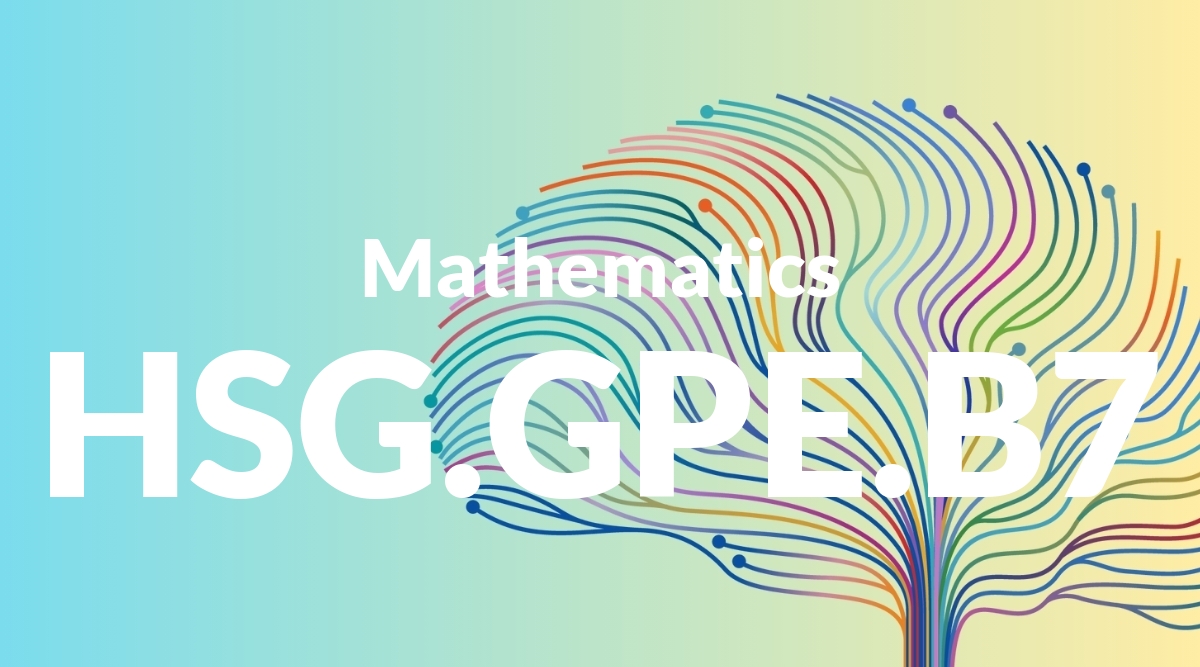Standard: 11-12.RST.1 – Cite specific textual evidence to support analysis of science and technical texts, attending to important distinctions the author makes and to any gaps or inconsistencies in the account.
Grade level: Grade 11-12
Subject: English Language Arts
Domain: Science & Technical Subjects
Teacher Overview
This standard emphasizes the importance of citing specific textual evidence to support analysis of science and technical texts. It is crucial for developing critical thinking skills and the ability to discern credible information, which are essential for success in both academic and real-world settings. Students should be able to identify main ideas and supporting details in general texts, and have a basic understanding of scientific and technical vocabulary.
Students will develop the ability to critically evaluate complex scientific arguments and technical documents, which is essential for advanced academic research and professional technical fields.
Common Misconception 1
A common misconception is that all information in a scientific text is equally important. This is incorrect because scientific texts often contain both key evidence and supplementary details that support the main argument.
Intervention 1
An effective intervention is to use graphic organizers that help students separate main ideas from supporting details, emphasizing the importance of key pieces of evidence.
Common Misconception 2
Another misconception is that any inconsistency in a text discredits the entire document. This is not true, as inconsistencies can indicate areas for further research rather than invalidating the whole text.
Intervention 2
Encourage students to view inconsistencies as opportunities for deeper inquiry and critical thinking, rather than as flaws that undermine the entire text.
Prerequisite Knowledge
Students should have a foundational understanding of how to identify main ideas and supporting details in a text. They should also be familiar with basic scientific and technical terminology.
Subsequent Knowledge
After mastering this standard, students will be able to critically evaluate complex scientific arguments and technical documents, enhancing their ability to engage in advanced scientific research and technical problem-solving.
Instructional Activities
- Group discussions analyzing different scientific articles
- Individual assignments reviewing technical manuals
- Class debates on the credibility of various scientific sources
- Projects that involve creating annotated bibliographies of scientific texts




